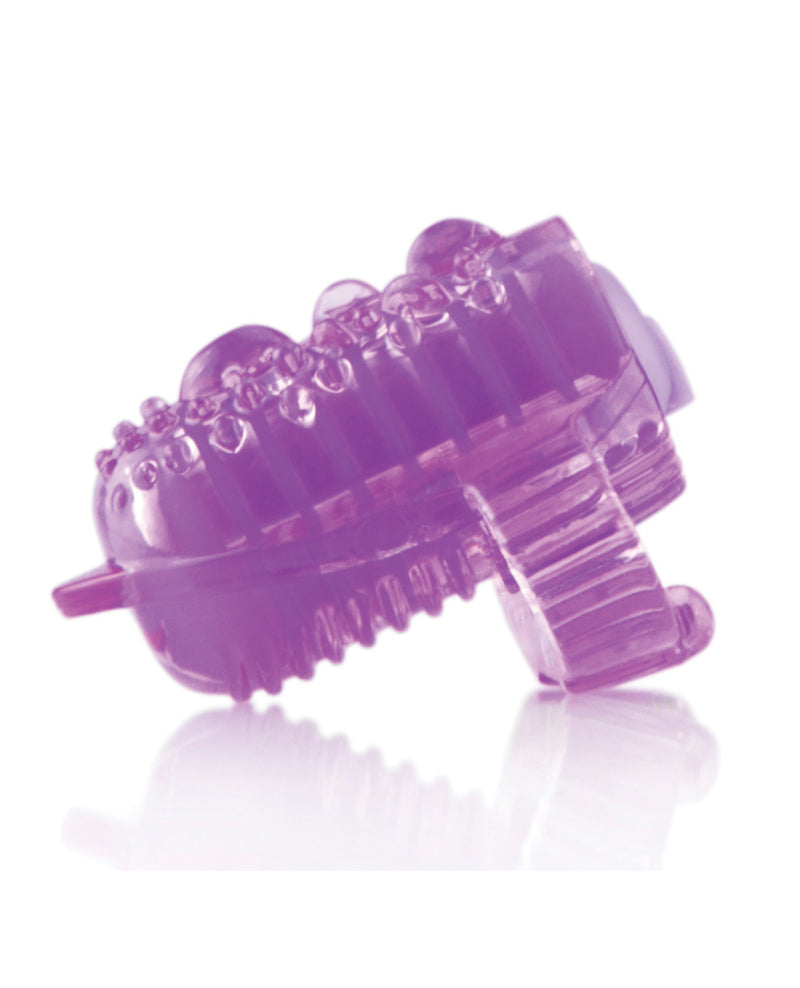How to Choose Sex Doll Mold Materials_Cost-Saving Tips, Material Comparisons, DIY Solutions
What Are the Key Costs in Silicone Mold Production?
Producing high-quality sex doll molds involves three main expenses: material costs (45% of total budget), labor (30%), and tooling fees (25%). Q: How can beginners avoid overspending? A: Start with polyurethane molds instead of silicone—they cost $300 less per unit but require more maintenance.Material Selection Guide
Comparison Table Material TypeLifespan (cycles)Cost per UnitShrinkage RateSilicone500+$1,2000.3%Polyurethane200-300$8001.2%TPE100$4502.5%Q: Why do professionals prefer silicone despite higher costs?
A: Silicone molds resist heat distortion (up to 200°F) and hold fine details like sub-millimeter skin pores, critical for premium products.How Long Does Custom Mold Creation Take?
Standard production cycles: Silicone molds: 14-21 days (curing + quality checks) 3D-printed molds: 5-7 days (resin-based rapid prototyping) DIY kits: 3-5 days (requires assembly skills)Q: Can I speed up the process?
A: Use UV-curable resins for 2-day turnaround—though at 15% higher failure rates than traditional silicone.DIY Mold-Making Pitfalls
Common Mistakes Incorrect mixing ratios: Using 10:1 silicone-catalyst instead of 100:1 causes weak curing Insufficient venting: Trapped air creates bubble patterns on doll surfaces Wrong release agent: Petroleum jelly leaves residue, requiring costly reworkPro Tip: Apply mold release spray in thin layers—excess causes fuzzy edges on cured silicone.
What Are Budget-Friendly Alternatives?
For hobbyists, consider: Recycled molds: Clean and reuse store-bought toy packaging (save 60% costs) 3D-printed master patterns: Reduce material waste by 45% vs traditional sculpting Casting with Plaster: $20 per batch (limited to non-flexible dolls)Q: Is hand-sculpting cost-effective?
A: Only for small batches—labor adds $50/hour, making it impractical for mass production.How to Maintain Mold Longevity?
Critical Maintenance Steps Clean with isopropyl alcohol (70% concentration) after each use Store inverted to prevent dust accumulation in texture details Lubricate hinges monthly with silicone grease (prevents cracking)Q: How many uses can I expect from a mold?
A: With proper care, silicone molds last 500+ cycles. Neglect reduces lifespan to 50-100 uses.Personal Perspective
While silicone dominates industrial use, hobbyists should prioritize safety over cost. Cheap TPE molds often leach chemicals, causing skin irritation. Investing $200 in FDA-approved materials prevents long-term health risks. For scalable production, hybrid molds combining silicone inserts with polyurethane bases offer durability at 30% lower costs—a strategy used by leading OEMs.